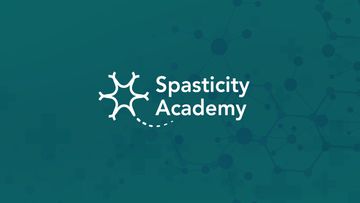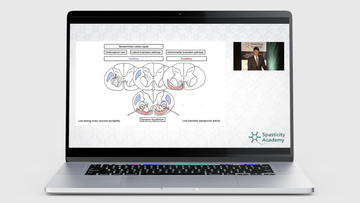Launching brand new education: Spasticity Academy
News
We are excited to announce the launch of Spasticity Academy!
Spasticity is a symptom of damage to the brain or spinal cord and causes uncontrollable muscle tightness. It can be experienced by people with various neurological or spinal conditions and can present in many different ways, meaning that a range of healthcare professionals might first notice potential spasticity, develop management plans or support treatment. An individual's spasticity might be manageable in the community or require specialist intervention.
This unavoidable variation has understandably contributed to inconsistencies in where and how spasticity is managed, which, combined with differing levels of understanding of spasticity in general and community settings, has led to variance in patient care.
Spasticity Academy's new expert Faculty has worked to address these challenges and raise the standard of care across the UK through two identified forms of education:
a virtual course aimed at non-specialists to provide a strong baseline understanding of assessment, treatment and management,
a MasterClass for neurology specialists to dig deeply into complex management for spasticity.
We are pleased to launch the first of these, Spasticity Basics, this November. The on-demand, virtual course is designed for non-specialists across primary, secondary and community roles.
The course will use case studies and practical application to explore:
what is - and isn't - spasticity,
how to confidently assess, treat and manage spasticity at a non-specialist level,
what specialist services are, and how, when and where to refer someone for more specialist intervention.
If you or your colleagues are working in community teams, as junior doctors, therapists or specialist nurses, or as GPs, this course will provide an invaluable overview to enable the best possible support for people living with spasticity.
Related articles

Spasticity Basics in review

Our first virtual course in spasticity…
Optimised education, compassionate care
Spasticity Academy seeks to address inconsistencies in service delivery and raise the level of care patients can access through improved awareness and understanding of spasticity across conditions.

